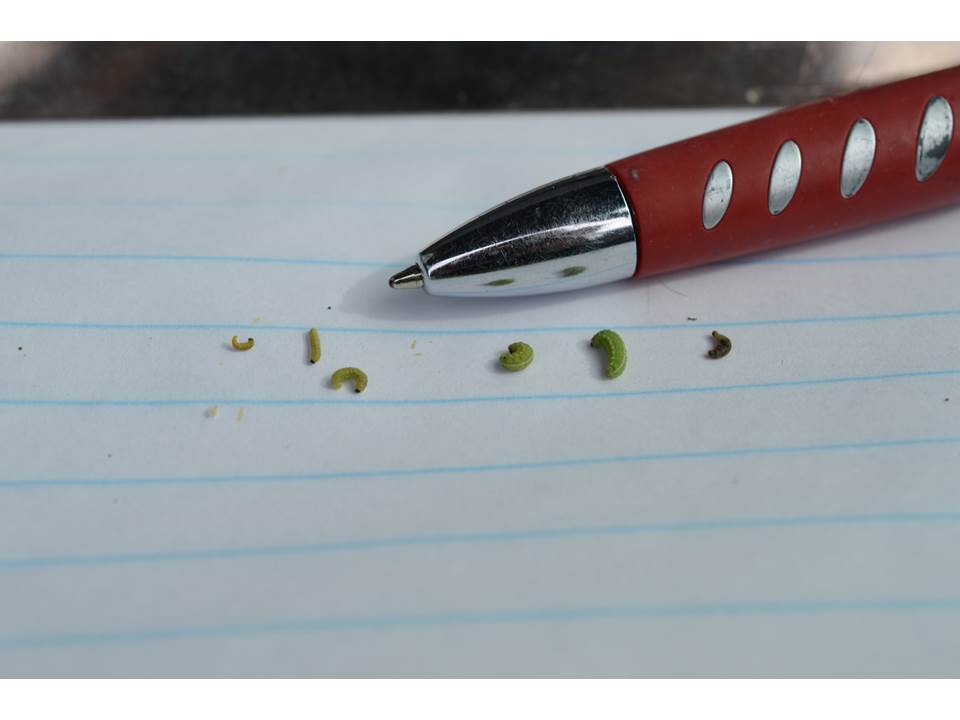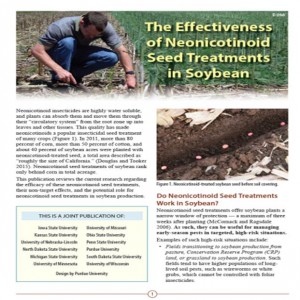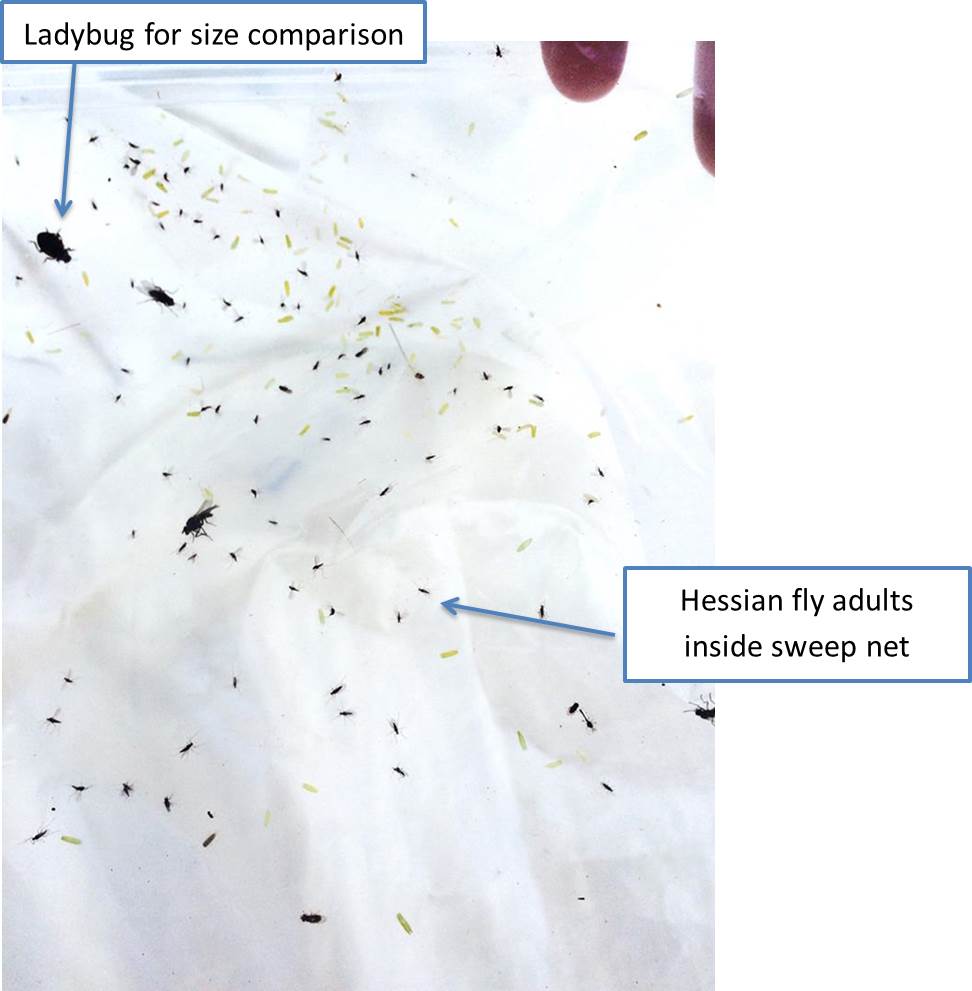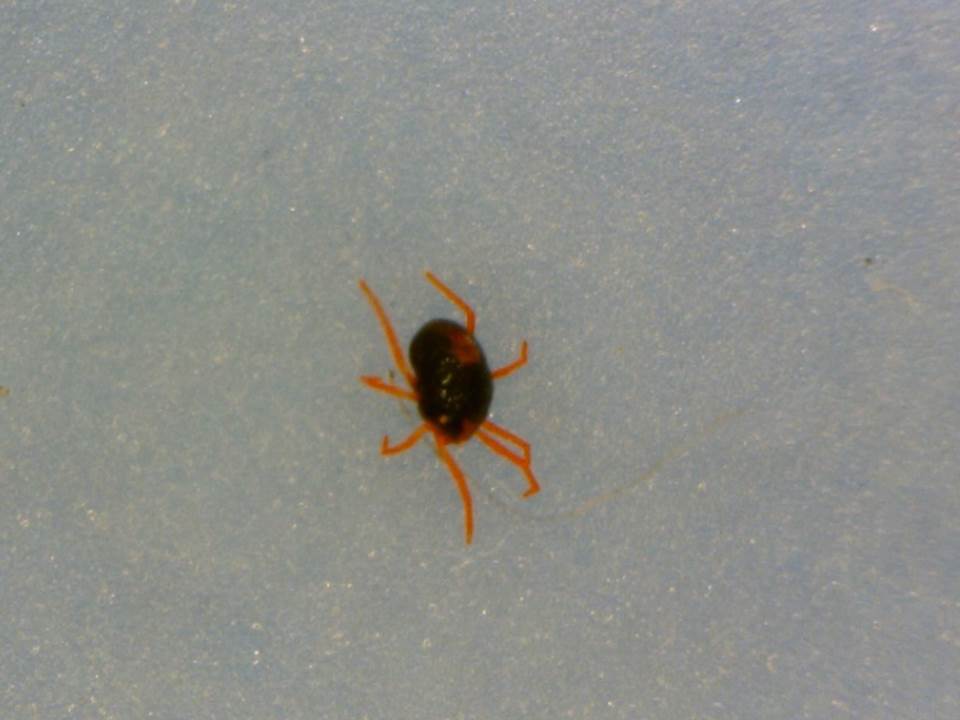This year, the warm weather has led to an early development of SCA on volunteer sorghum stubble along the Gulf Coast, something noted in a blog on Feb. 26. Alates (winged aphids) produced by these populations may have arrived in Kansas over the past week, as evidenced by infestation of sorghum in the greenhouse at the experiment station in Hays. Winged aphids can travel hundreds of miles in a matter of days when conditions are right, even though it is basically a suicide mission at this time of year. Based on the infestation patterns we had over the past two years, I have been advising early planting as the cheapest insurance policy – now I am not so sure. I have also been saying how lucky we were that the aphid arrived in Kansas so late in the season in both 2014 and 2015. I should clarify here that it is not unusual for aphids to colonize our greenhouse in cold winter months, even though there is clearly no chance of them colonizing anything in the field. It has been commented that we rear aphids here and that we could have been careless and caused the infestation. I agree this cannot be ruled out entirely, but we have have been rearing SCA continuously for the last 2.5 years without any such occurrence. In late January, when weather was much colder, we had Rhopalosiphum padi begin infesting both sorghum and millet – and this aphid was not being reared on the station. In fact, there has probably not been a single year over the past ten when we have NOT had spontaneous infestations of some aphid in the dead of winter; these have included green bug, Russian wheat aphid and Sitobion avenue, although R. padi is by far the most common.
What does this mean for the Kansas sorghum crop this year? It is hard to say, but two very different scenarios are conceivable. In the best case, these early populations will be brought under control by natural enemies either before they can spread to this year’s sorghum crop in south Texas, or soon thereafter by judicial insecticide treatments. Most of the southern crop will probably be planted with a seed treatment, so this may serve as a critical barrier to further population expansion, for a few weeks anyway. But there is also the risk of more aphids coming from Mexico, which is not unlikely given that management of SCA has generally been very poor south of the border. However, if management of SCA is effective in south Texas and this early outbreak either crashes naturally or is well controlled, it could mean that the inevitable resurgence of aphids actually occurs later in the season than it otherwise would have without the early outbreak, resulting in a Kansas situation not unlike the past 2 years where infestations develop late enough to have a reduced impact. This is our best hope.
In the worst case scenario, in the absence of a population crash, these early aphids could spread into newly planted sorghum across the south, a lot of which is just emerging right now, and then northward, putting all sorghum in Oklahoma and Kansas at risk from the seedling stage onward. Fortunately, it tends to be difficult for aphids to establish on small plants under Kansas summer conditions – excessive heat or a single punishing rainfall event can physically kill most of the aphids on a seedling. However, all aphid movement is highly weather-dependent, and the weather is looking more and more unpredictable with el nino conditions in effect, etc. We will continue to monitor the situation – if the worst case scenario seems to be unfolding as we approach planting dates in Kansas, it may be advisable to plant with an insecticide seed treatment, something I would not normally recommend. So lets hope for the best, and prepare for the worst.

-J.P. Michaud














